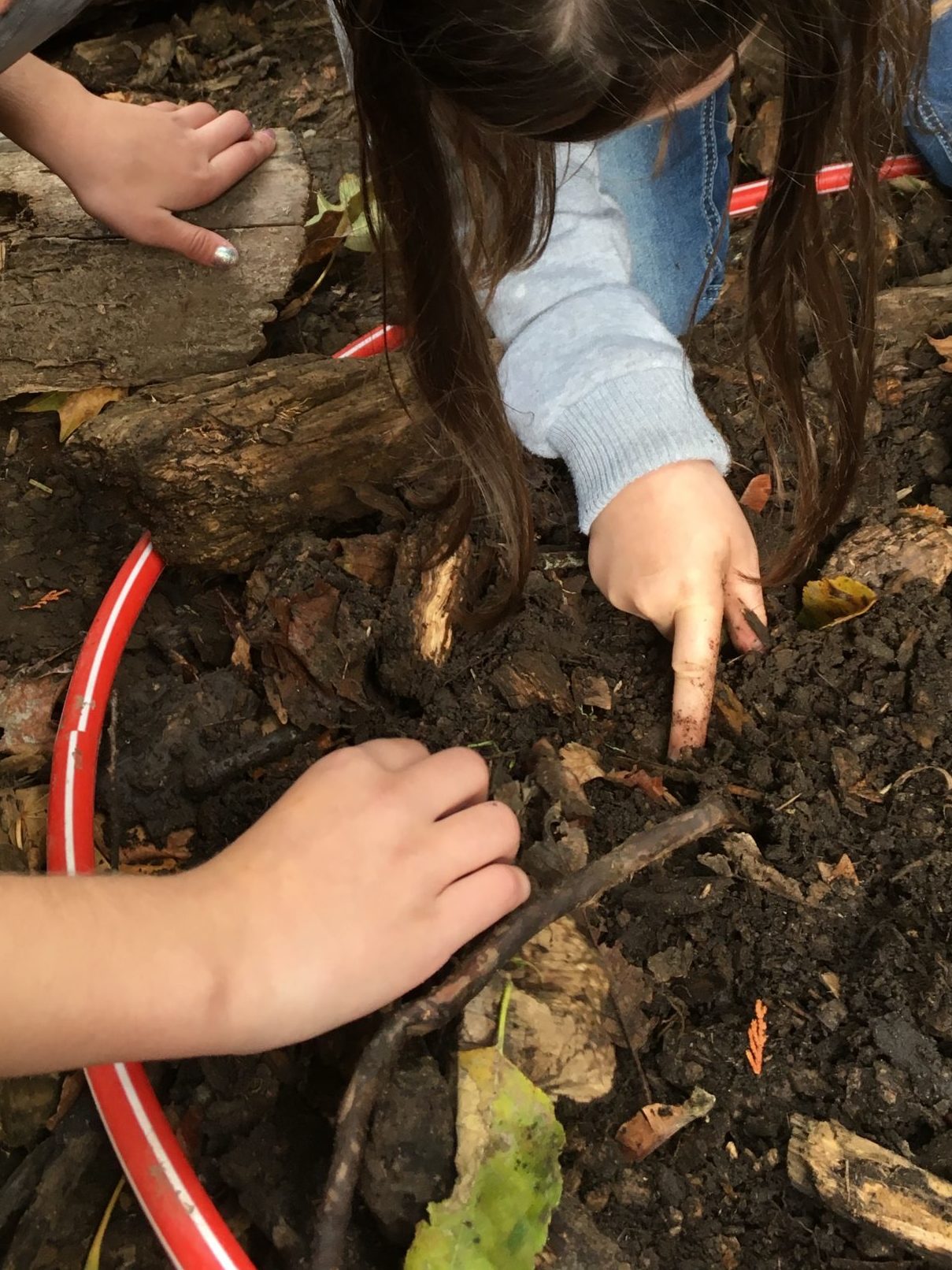Many people were involved to perform this test. Three contractors operated the machine and collected the data, two engineers made sure that the information required for design was collected, and one archeologist checked any overturned soil to ensure the proper procedures would take place in the event something historic was uncovered.
Below are some images that describe the process.
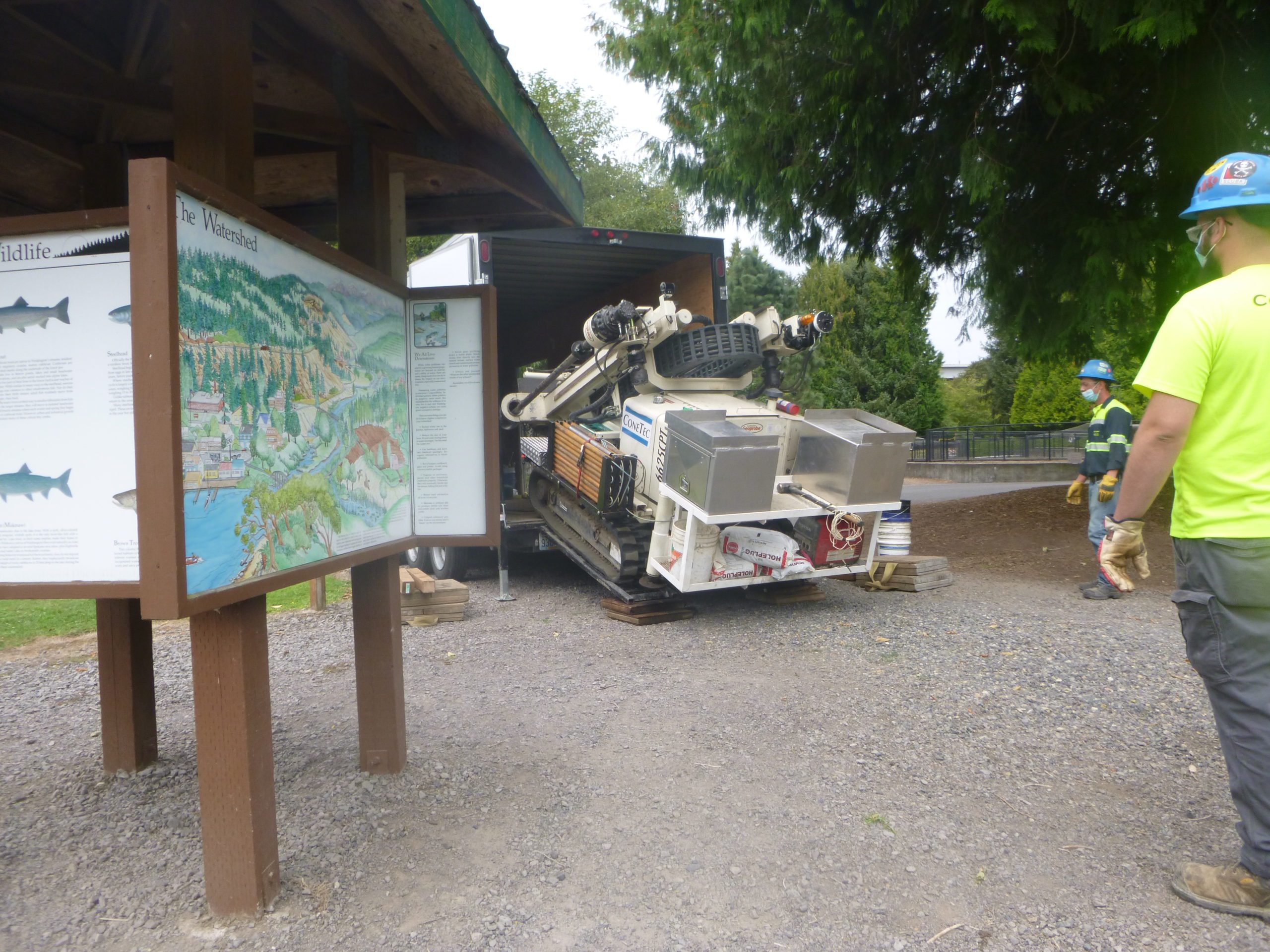
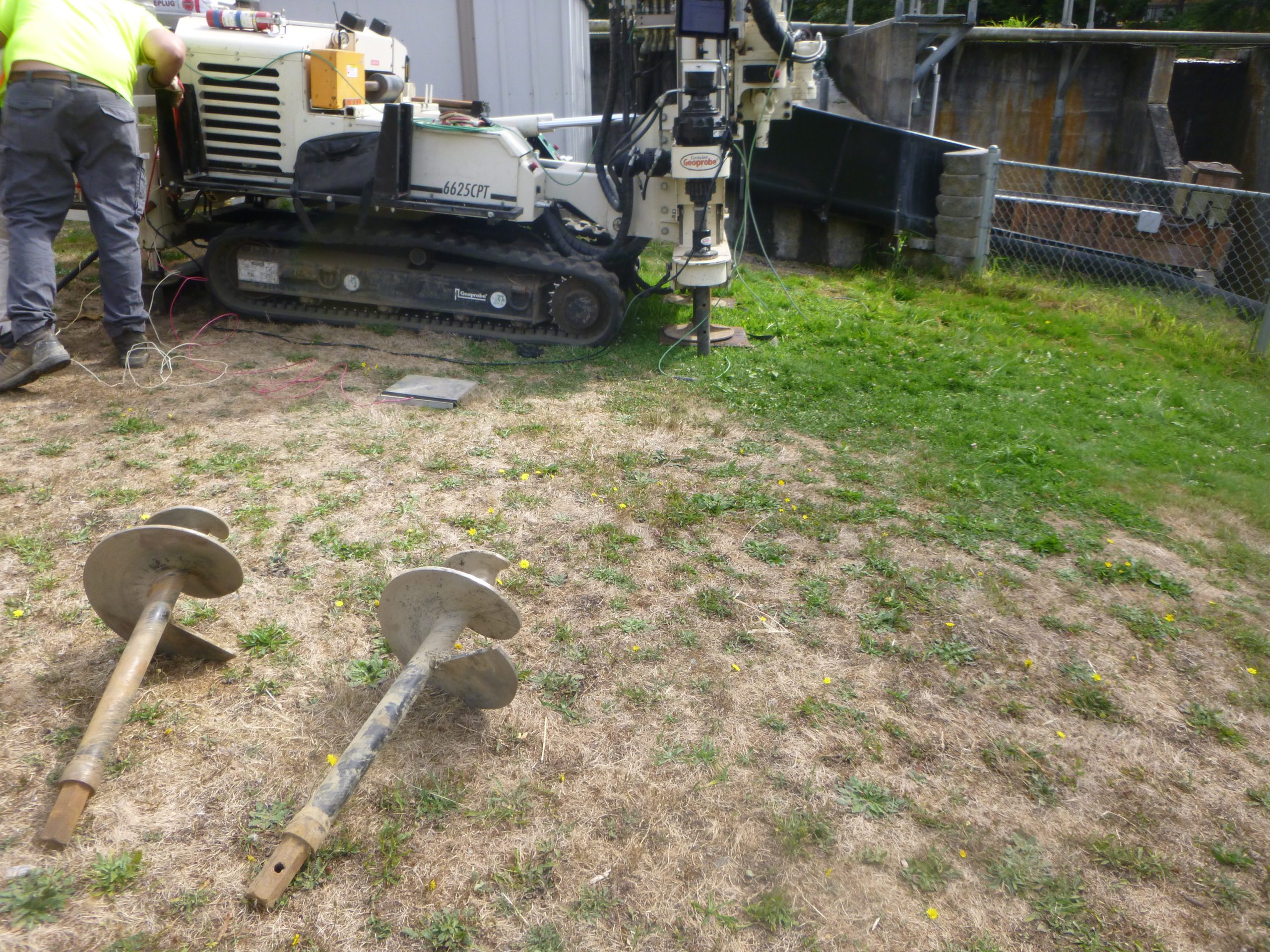
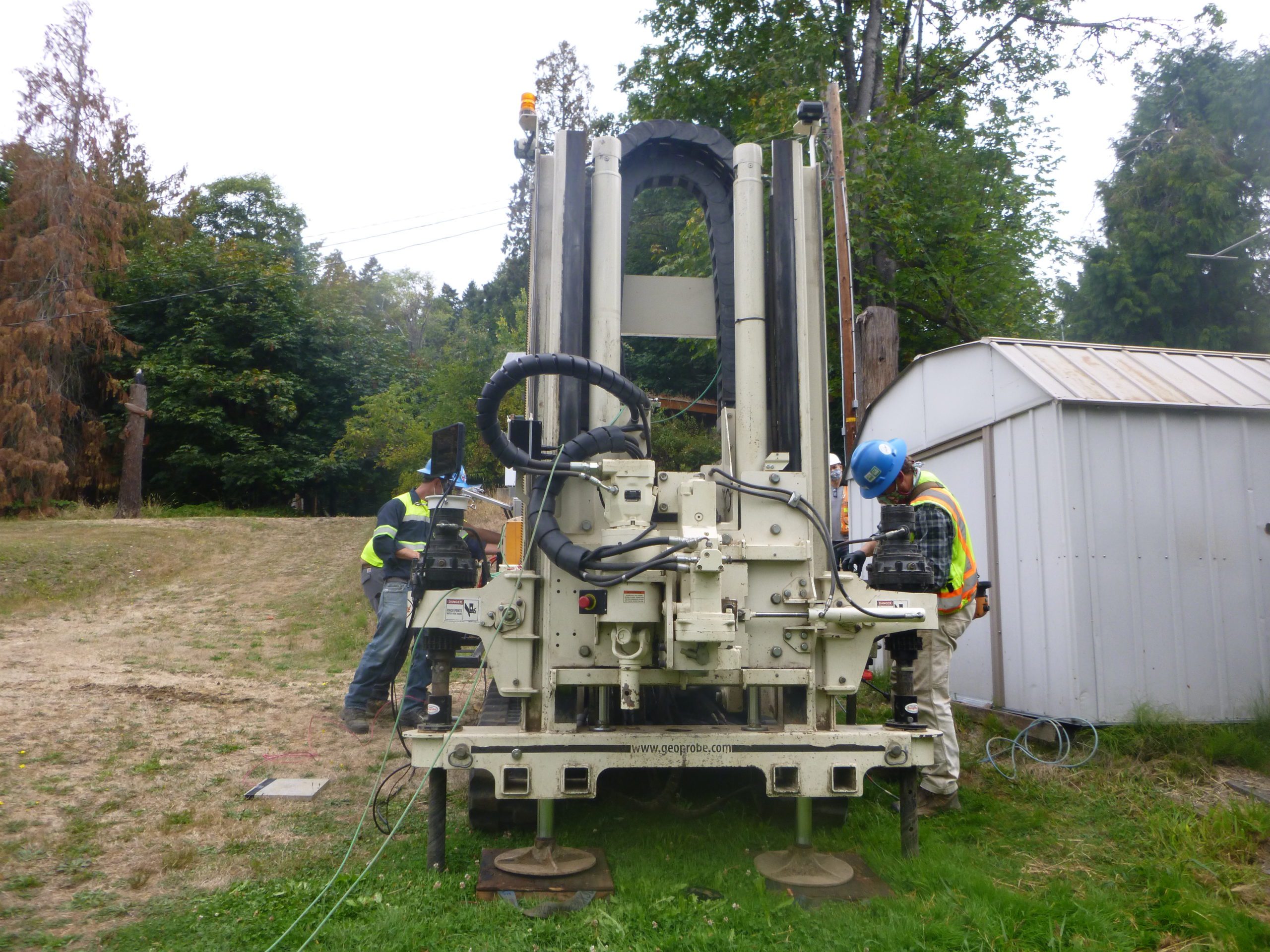
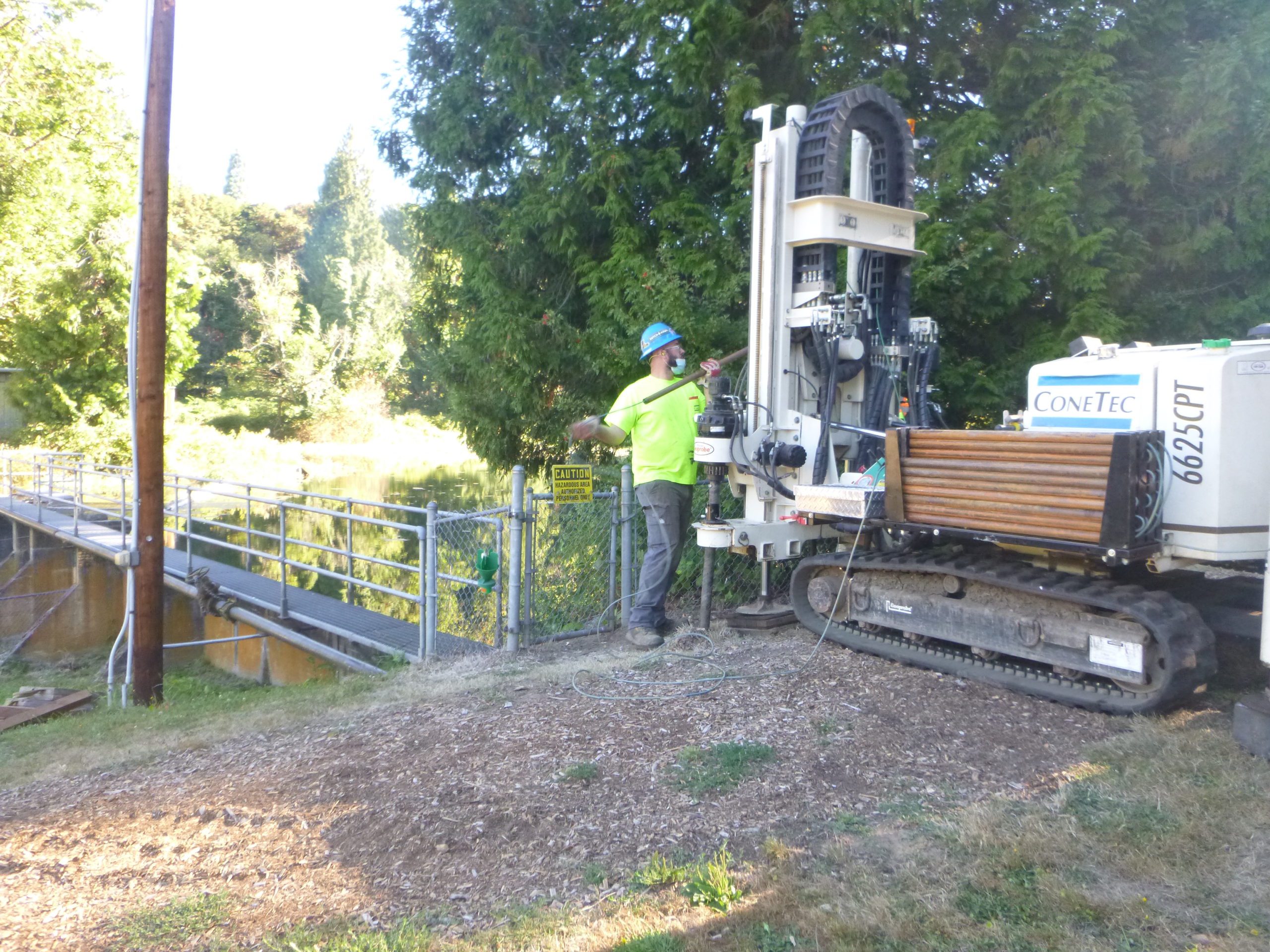
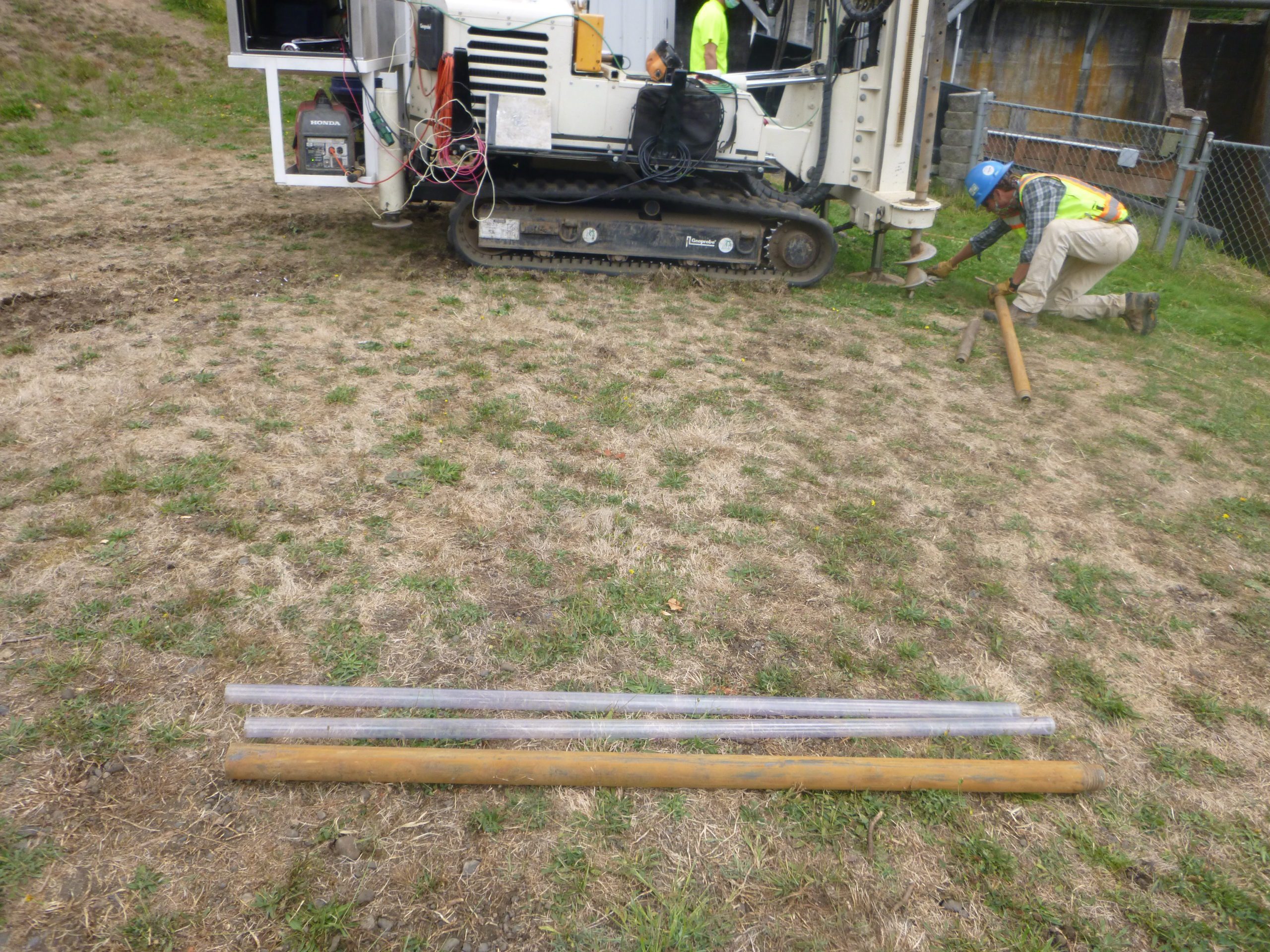
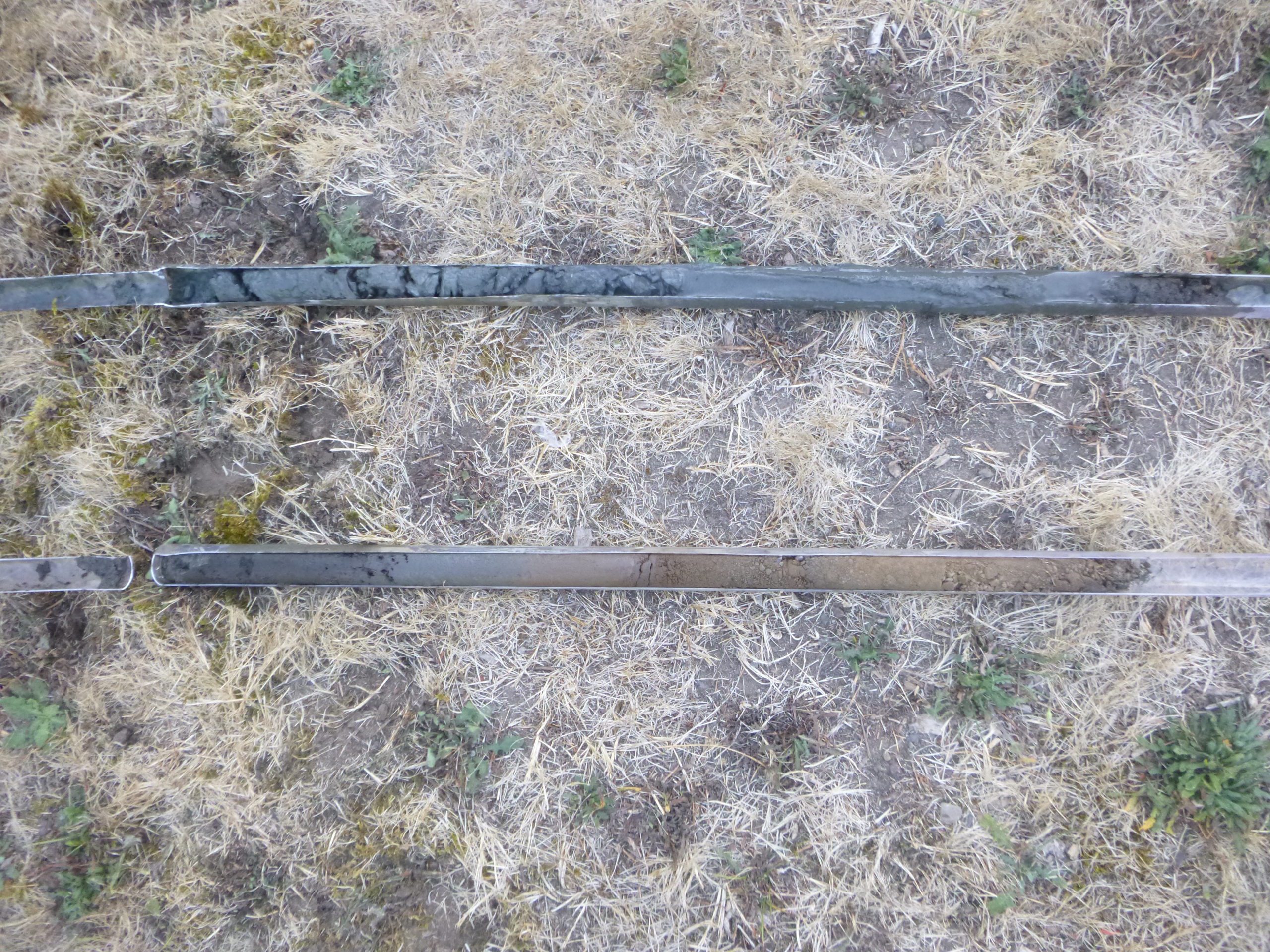
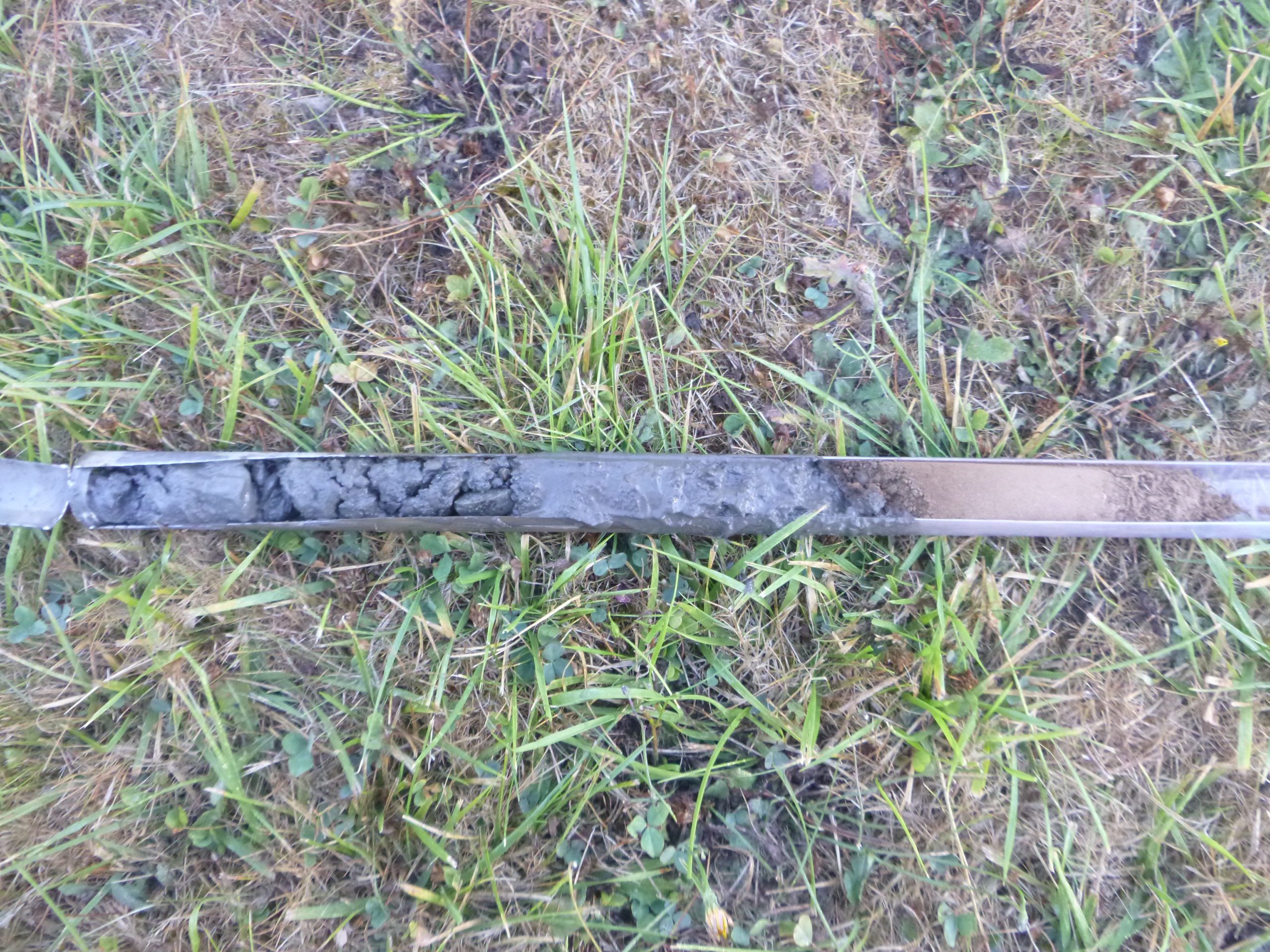
Although we can make some observations about the soil and its properties with the naked eye, more information can be learned by sending the soil to a lab. After the collection of the soil, it was bagged and delivered to a lab to perform a variety of tests allowing us to further understand the properties and behaviors of the soils.

